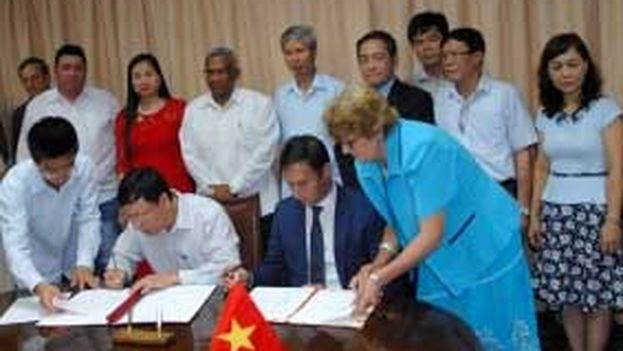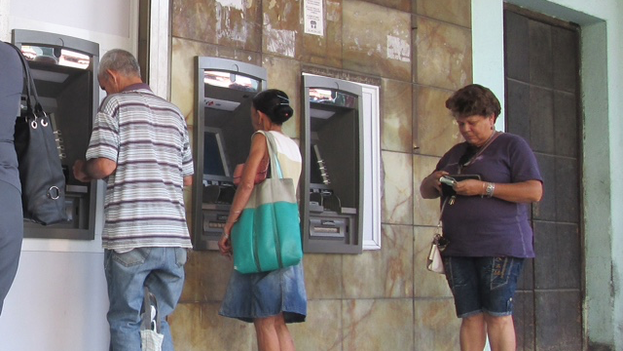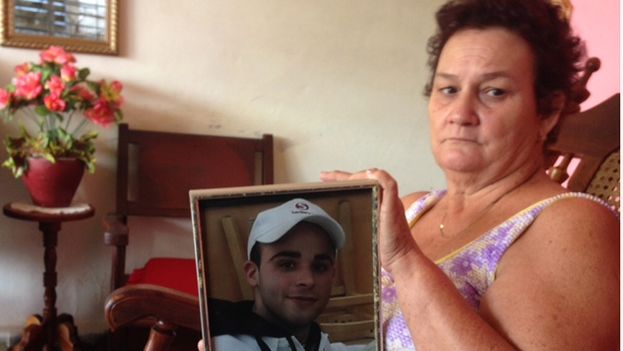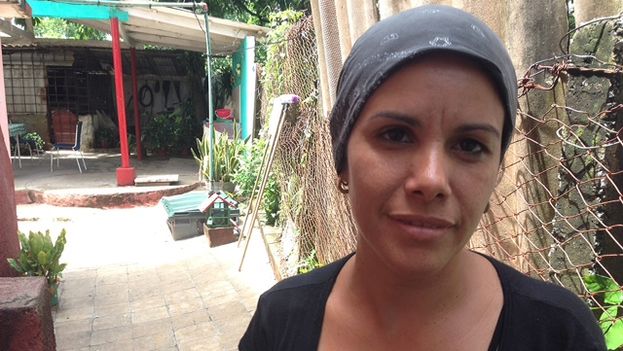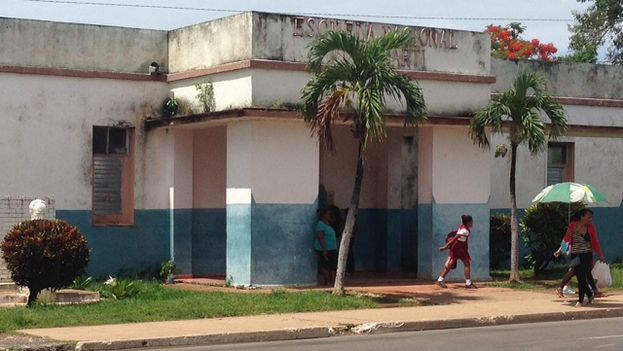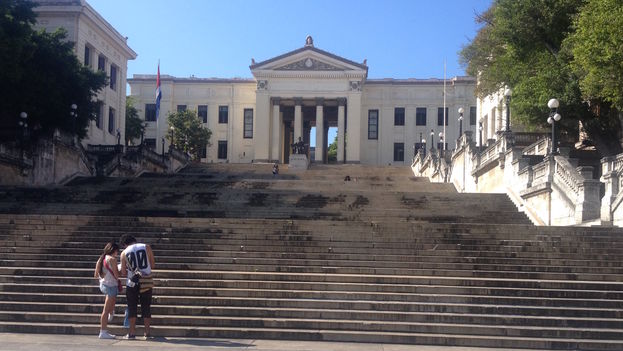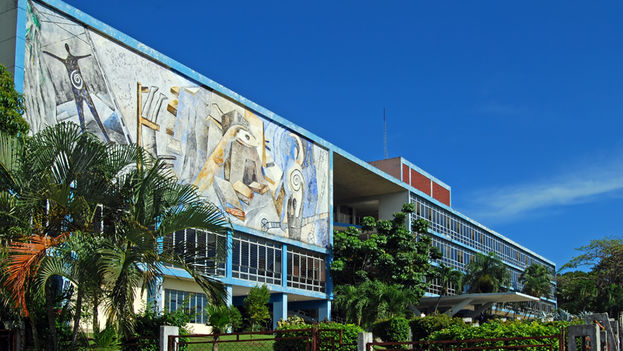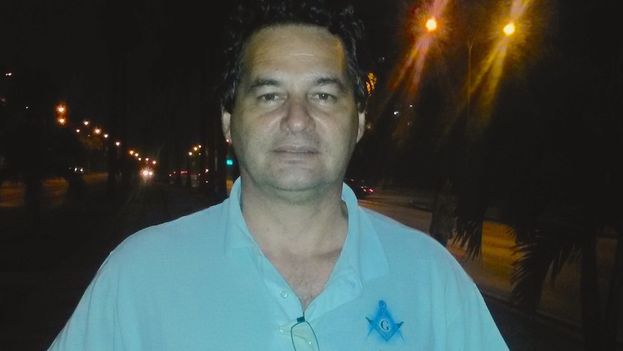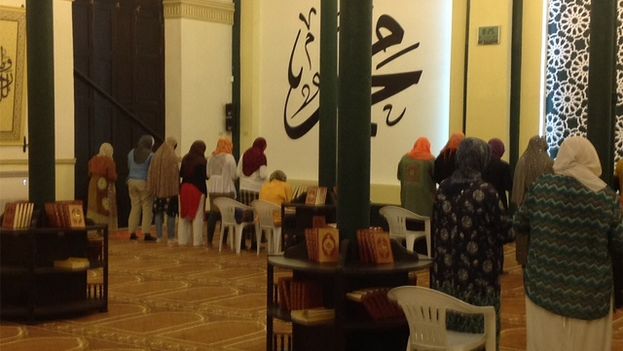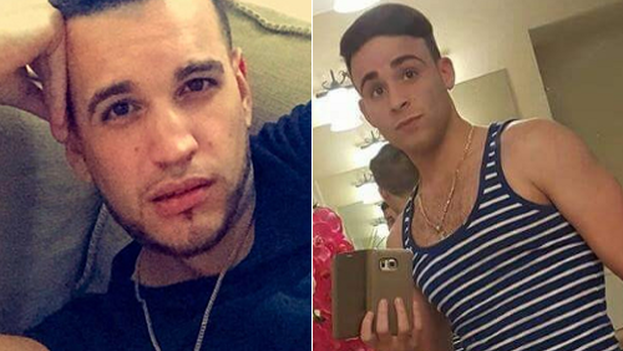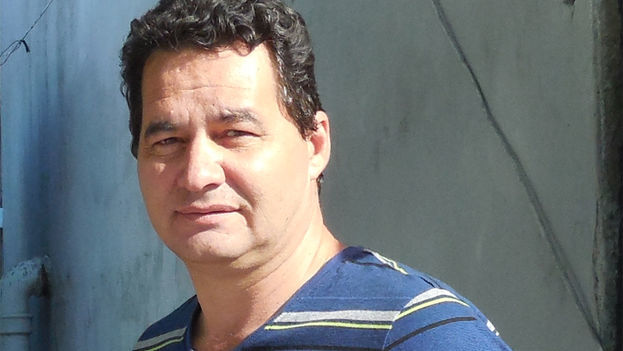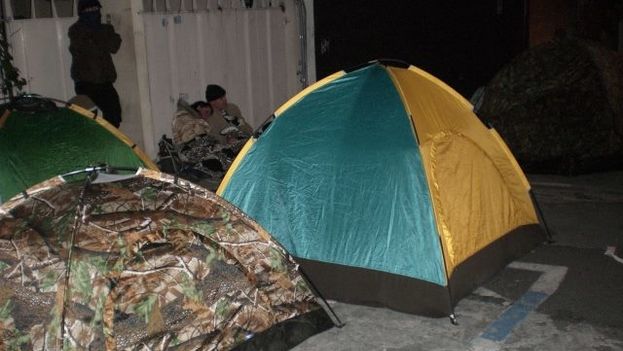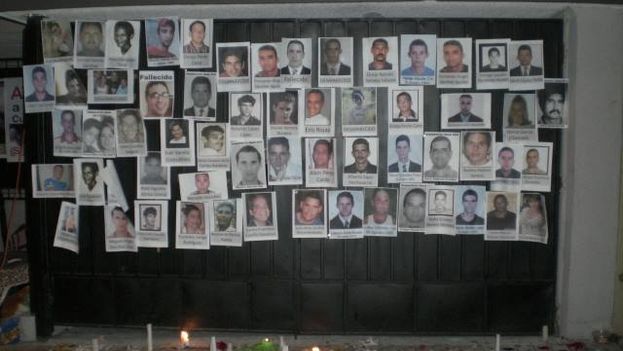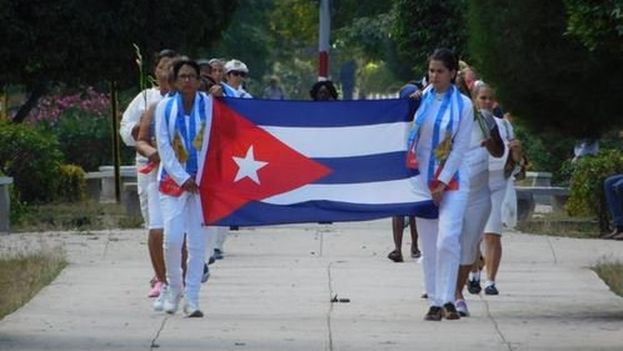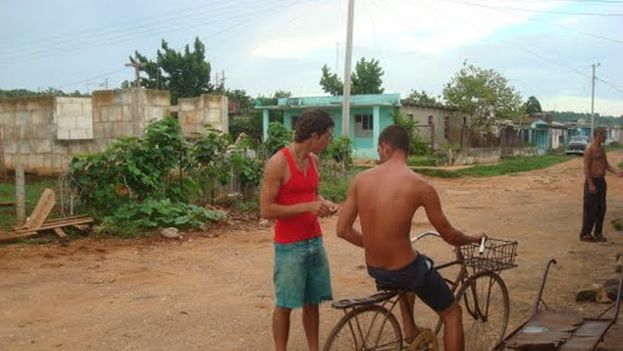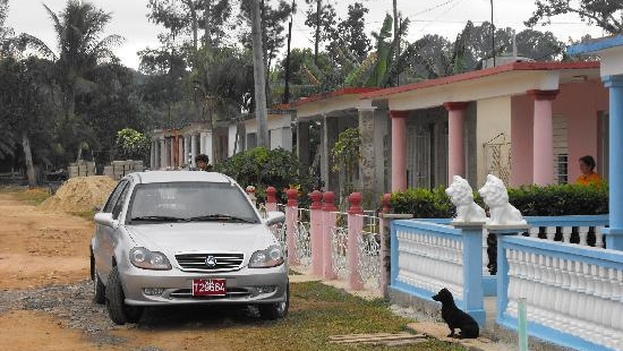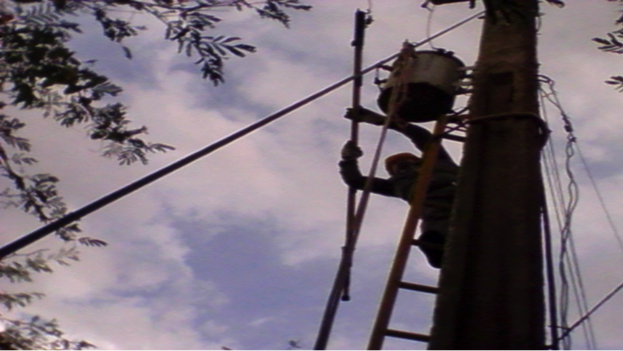Ahmed says he as been a Muslim since he was 17 and it started in his native city of Camagüey where he was the only one; now there is a place of prayer there with 140 faithful on San Isidro Street. He is responsible for seeing to the visitors at the mosque located at 11 Oficios Street in Old Havana. He did not allow his interview to be recorded, but responded cheerfully to all questions. continue reading
Ahmed explains that it is not obligatory to wear clothing typical of Arab countries, but prophets dressed in this way and so many do. The same applies to the beard and the custom of wearing a head covering. “Because we are Muslims, our religion accepts that we can have more than one wife, as long as the husband can support them and the first wife agrees.” But he clarifies that, respecting Cuban customs, they do not permit marriages involving minors.
Among the customs, in addition to the clothes and the beard, some carry a kind of toothbrush called a “siwak,” made from the branch of a tree that grows on the Arabian Peninsula. Besides having therapeutic qualities, its use is recommended during the days of Ramadan.
This year, 1437 of the Hegira, the month of Ramadan began on 6 June and starting at dawn Muslims fast every day. They do not ingest solids or liquids, nor do they smoke or have sexual relations. Contrasted to what might be defined as a stereotype of the ordinary Cuban, it seems difficult to adopt this religion. However, every day more people do so. Women have a space for themselves separated from that of the men, and children scamper on the carpet of the spacious lounge, where it is an understandable requirement to remove your shoes.
“This is like a hospital,” says Abdul Karim, a young man who earns a living as a self-employed bricklayer. “We all have something that we must heal and Allah only asks for our submission to offer us spiritual peace.” His affirmation is evident when a young man whom everyone indulges appears in the mosque. They call him “the Russian” and he says he was a prince in Great Britain, that he speaks 25 languages and that Islam “came to Cuba with Christopher Columbus who was Muslim.”
The Muslims gathering here identify as Sunnis. In the Lawton neighborhood there is another place where the Shias go. The differences don’t generate conflicts, although those in Old Havana don’t recognize as Muslims those in Lawton, and vice versa, but “the blood doesn’t reach the river.”
Staring at 7 in the evening, just before dark, the flow of the faithful becomes more intense. At one point the loudspeakers are heard reciting the Koran in Arabic. Everyone approaches the wall at the side of the building facing Mecca, and gathers in front of a picture where the name of Allah is inscribed. They sit there, alternately leaning over and standing as the ritual demands.
When the sun outside has hidden itself, some sit at the tables, other on the floor, and they begin to share a dinner. Rice with beans, salad, sweet potatoes and lamb meat. In addition there are bread, dates and canned soda. According to what this newspaper was told, the costs of this ceremony are borne by the Saudi Arabian embassy in Cuba, which also made the largest initial investment to convert what was once an old car museum into an air-conditioned and well-lit mosque, with carpets and tapestries.
Like everything that happens in Cuba, Islamic activities are observed with a mixture of respect and suspicion. Lazaro Fresneda, a opponent of the government who turned to Islam several years ago and who answers to the name Abdul Radman, feels that there are always men snooping around who have “a tint of being people associated with the apparatus.” He says that during President Obama’s visit to Havana the mosque was closed and adds that recently Rene Gonzalez appeared there, he is one of the five Cuban intelligence agents who were released from the sentences they were serving in the United States. “He said he prayed with the Muslims in prison, but I did not shake his hand.”
The graying beard of Mohamed Alzain gives the impression of having been with him a long time, but he says it has only been a year since he last shaved. In response to the observation that he keeps his mustache, he smiles and says, “sometimes I forget to cut it.” He recalls that he was an official in the Armed Forces when he started to feel a religious inclination. “At that time,” he recalls, “being in the military was not consistent with believing in God, but in the Congo, where I served an internationalist mission, the Muslims believe in Islam from birth, as did their most remote ancestors. I had never seen any part of such a pure religion.”
Shortly before ten at night the faithful begin to retire. Tuesday they will continue the fast, unless they are ill; pregnant women, children and those who are traveling for more than three days are also exempted. They are counting the days until 6 July, when Ramadan will conclude “Cuban-style” and then they will celebrate with a big party.
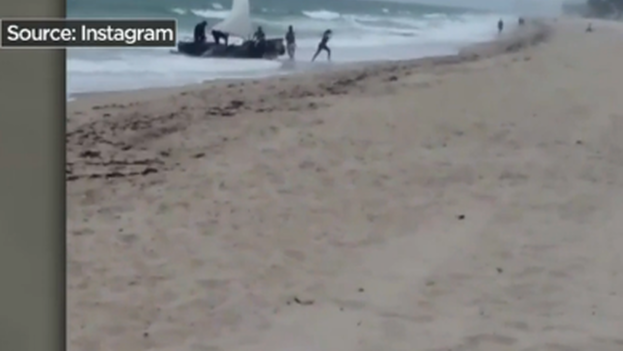
![]() 14ymedio, Havana, 7 June 2016 — A group of six Cuban migrants arrived on Monday night along the coast of Lauderdale By-the-Sea, Florida, in a precarious craft, according to the local media. Among them was a pregnant woman who was treated by medical services as a precautionary measure.
14ymedio, Havana, 7 June 2016 — A group of six Cuban migrants arrived on Monday night along the coast of Lauderdale By-the-Sea, Florida, in a precarious craft, according to the local media. Among them was a pregnant woman who was treated by medical services as a precautionary measure.
